
LED Display ROHS 2.0 Certification
The ROHS 2.0 certification for LED displays is a process to ensure that the LED display and its components comply with the European Union's Restriction of Hazardous Substances (RoHS 2.0) directive. The RoHS 2.0 directive (2011/65/EU) was officially issued on JULy 1, 2011, replacing the old RoHS directive (2002/95/EC). It aims to expand the range of controlled products and increase the number of restricted substances.
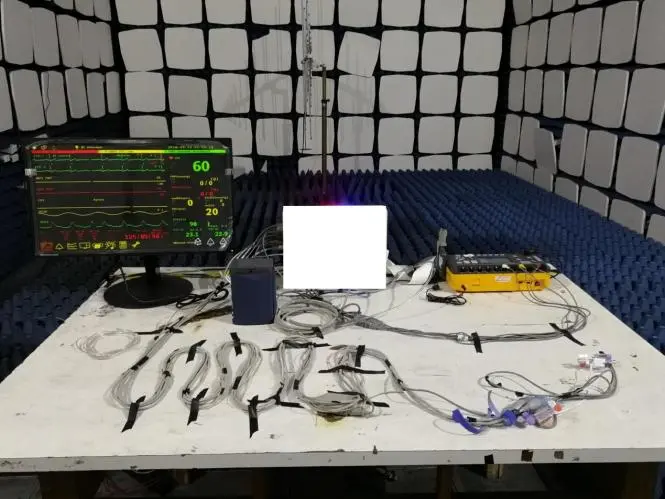
Overview of RoHS 2.0 Certification
The RoHS 2.0 directive requires that all electrical and electronic equipment (EEE) sold in the EU must not contain excessive amounts of hazardous substances such as lead (Pb), mercury (Hg), cadmium (Cd), hexavalent chromium (CrVI), polybrominated biphenyls (PBB), polybrominated diphenyl ethers (PBDE), and four later-added phthalates (DEHP, BBP, DBP, DIBP). The limit for these substances is 0.1%, except for cadmium (Cd), which is 0.01%.
LED display rohs 2.0 Certification Testing Standards and Items
1. Heavy Metal Testing:
- Lead (Pb)
- Cadmium (Cd)
- Mercury (Hg)
- Hexavalent Chromium (Cr6+)
2. Halogen Testing:
- Polybrominated Biphenyls (PBB)
- Polybrominated Diphenyl Ethers (PBDE)
3. Phthalates Testing:
- Di(2-ethylhexyl) Phthalate (DEHP)
- Dibutyl Phthalate (DBP)
- Diisobutyl Phthalate (DIBP)
- Benzyl Butyl Phthalate (BBP)
Standards Used:
- EU ROHS 2.0 Directive (2011/65/EU): Restriction on the use of hazardous substances in electrical and electronic equipment.
- IEC 62321: A series of standards for testing and evaluating hazardous substances in electrical and electronic equipment.
ROHS certification Process
1. Preparation of Samples and Documentation: Prepare test samples, usually 2-3, along with circuit diagrams, product manuals, or user guides.
2. Selection of Certification Body: Choose a qualified third-party certification body to conduct testing and evaluation.
3. Testing: The certification body will test the LED display samples according to the RoHS 2.0 directive to ensure that they do not contain hazardous substances above the limit.
4. Evaluation and Audit: If the test results meet the RoHS 2.0 requirements, the certification body will conduct further evaluations and may perform on-site audits.
5. Certificate Issuance: Once all requirements are met, the LED display will receive the RoHS 2.0 certification.
6. Ongoing Monitoring: After obtaining certification, manufacturers must regularly monitor and ensure the continuous compliance of their products.
Importance of RoHS 2.0 Certification for LED Displays
For LED displays, obtaining RoHS 2.0 certification means the product meets EU environmental standards and can be freely traded in the EU market. Moreover, it demonstrates the manufacturer’s commitment to environmental protection and social responsibility.
Long-Term Impact of Certification
With the implementation of the RoHS 2.0 directive, manufacturers not only need to ensure that their products meet the requirements when first launched on the market but must also comply with environmental requirements throughout the product's lifecycle, from design and production to disposal.
The RoHS 2.0 certification for LED displays is crucial for ensuring compliance with EU environmental regulations. Manufacturers must ensure that their products are free of restricted substances listed in RoHS 2.0 and go through appropriate testing and certification processes to obtain the RoHS 2.0 certificate. This is vital for manufacturers wishing to export their products to the EU market. By obtaining RoHS 2.0 certification, manufacturers can not only ensure the environmental performance of their products but also enhance consumer confidence and improve brand reputation.
Email:hello@jjrlab.com
Write your message here and send it to us
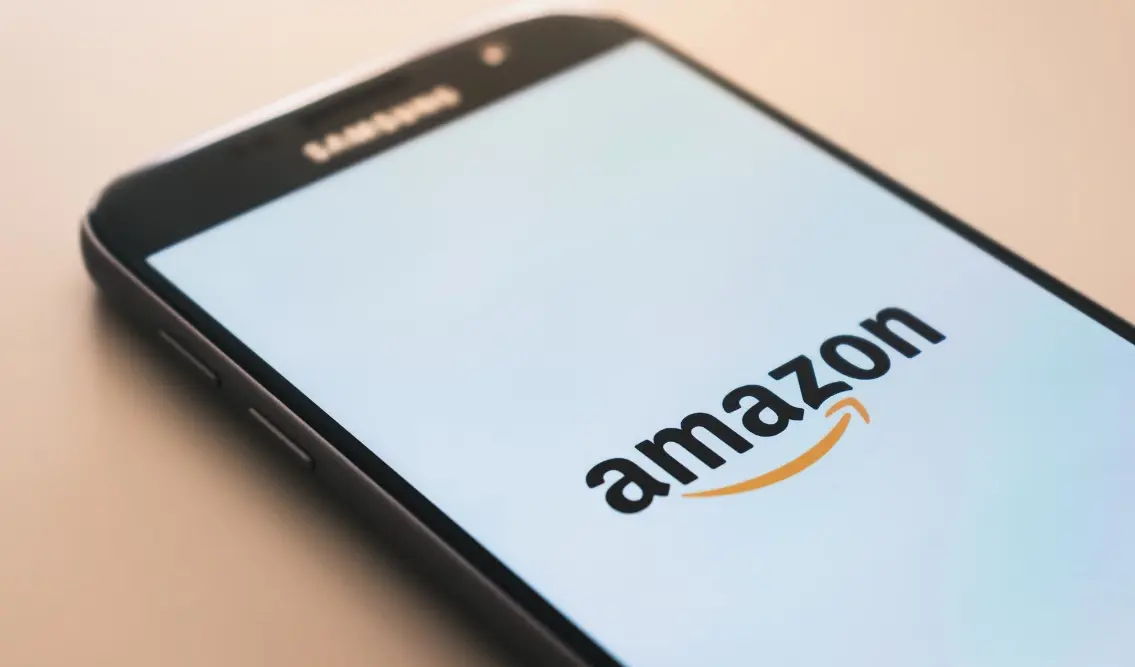 What are ASTM F963 and CPSIA?
What are ASTM F963 and CPSIA?
 Comparison of ASTM F963 and EN 71
Comparison of ASTM F963 and EN 71
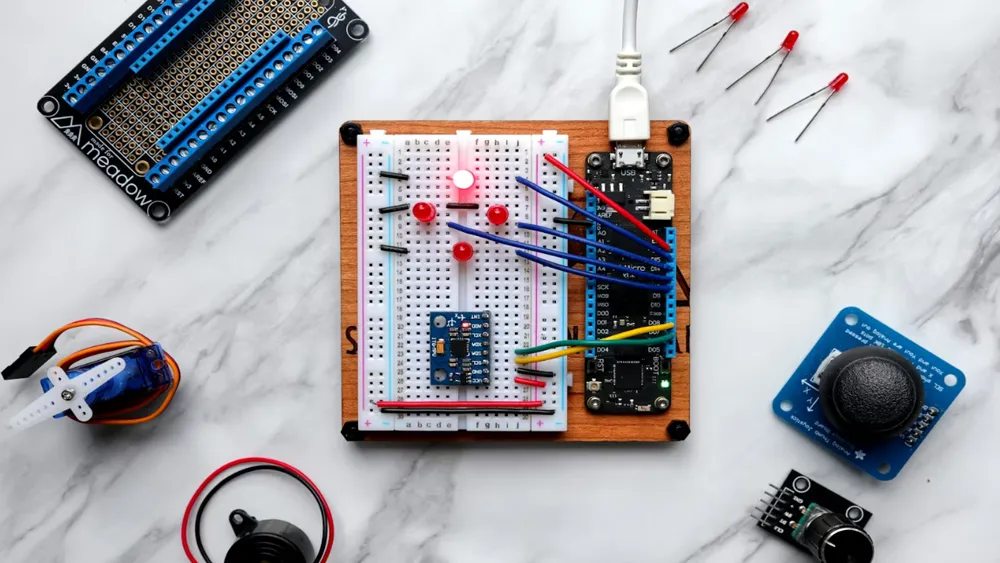 How to get CSA C22.2 NO.256:14 Test Report?
How to get CSA C22.2 NO.256:14 Test Report?
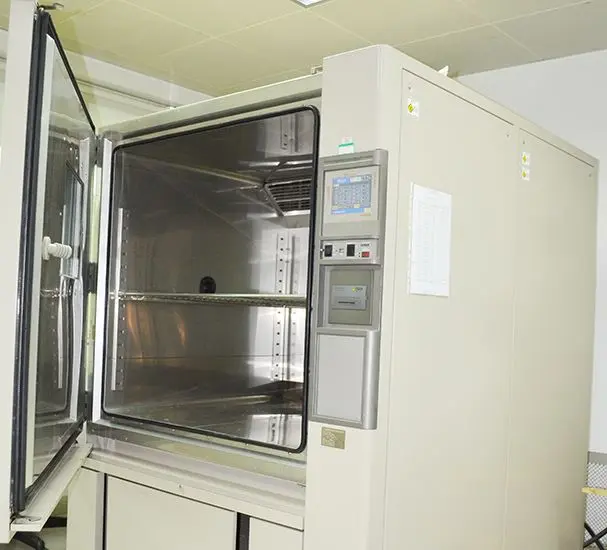 How much is the ISTA Amazon Packaging & Shippi
How much is the ISTA Amazon Packaging & Shippi
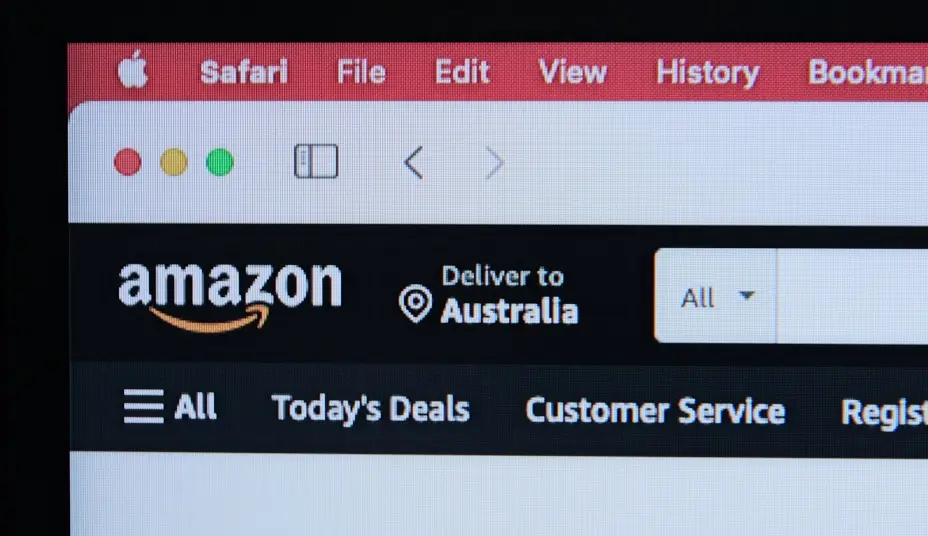 Amazon Product Laboratory Testing Requirements
Amazon Product Laboratory Testing Requirements
 How to Get EPA Certificatio
How to Get EPA Certificatio
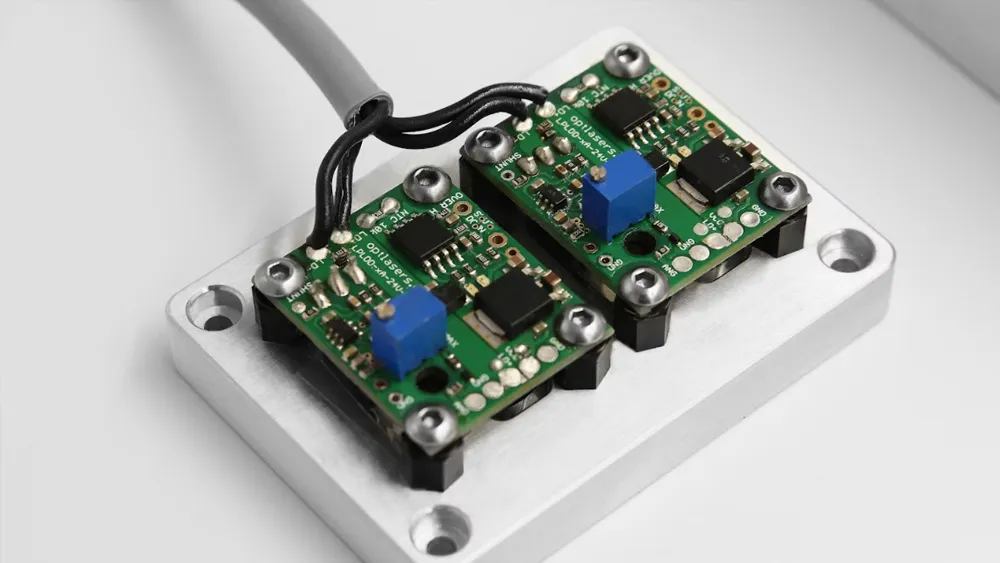 What is EPA Certification in the United States?
What is EPA Certification in the United States?
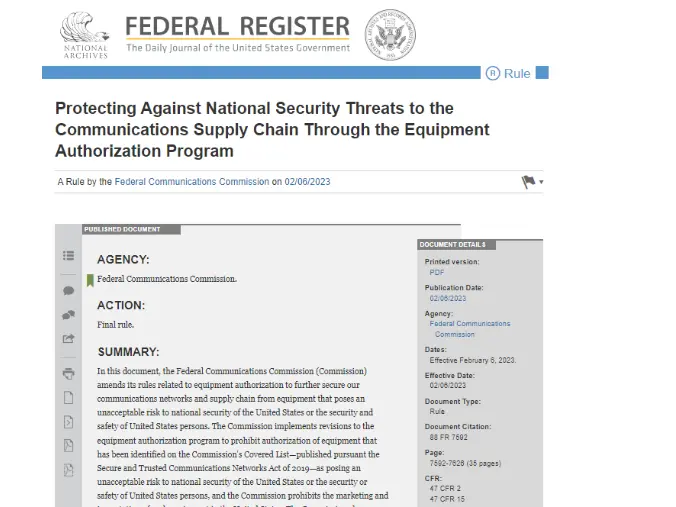 What is an FCC Registered Agent?
What is an FCC Registered Agent?
Leave us a message
24-hour online customer service at any time to respond, so that you worry!




